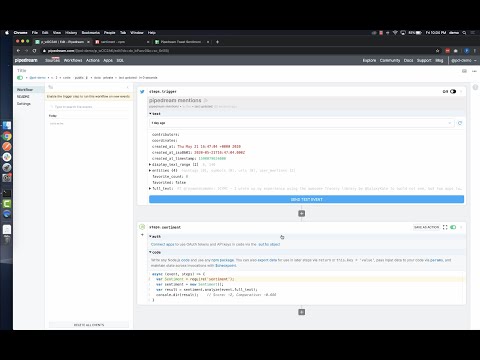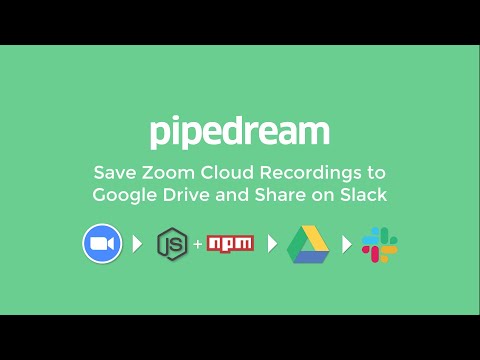What do you want to automate
with Linkish and Google Sheets?
Prompt, edit and deploy AI agents that connect to Linkish, Google Sheets and 3,000+ other apps in seconds.
Trusted by 1,000,000+ developers from startups to Fortune 500 companies
Popular Linkish and Google Sheets Triggers#
Emit new event each time a comment is added to a spreadsheet.
Emit new event each time a row or rows are added to the bottom of a spreadsheet.
Emit new event each time a row or rows are added to the bottom of a spreadsheet.
Emit new event each time a row or cell is updated in a spreadsheet.
Popular Linkish and Google Sheets Actions#
Add a single row of data to Google Sheets. See the documentation
Add multiple rows of data to a Google Sheet. See the documentation
Get all values or values from a range of cells using A1 notation. See the documentation
Create conditional formatting with color scales or custom formulas. See the documentation
Add edit protection to cell range with permissions. See the documentation
Overview of Linkish#
Linkish is a versatile API that enhances the way you handle web links. It allows you to organize, preview, and optimize web links with features such as URL shortening, web page metadata retrieval, and link previews with screenshots. With Pipedream, you can create powerful automations by connecting Linkish to other services to streamline content sharing, web research, and digital marketing workflows.
Connect Linkish#
module.exports = defineComponent({
props: {
linkish: {
type: "app",
app: "linkish",
}
},
async run({steps, $}) {
const axios = require('axios');
let access_token = "";
// Card details
let type = "link", // either "link" or "text"
url = "https://www.youtube.com/watch?v=dQw4w9WgXcQ", // required if "type" is "link"
title = "", // card title, if empty it will be scraped from "url"
description = "", // card description, if empty it will be scraped from "url"
thumbnail = "", // preview image URL, if empty it will be scraped from "url"
parent = "", // collections[index].id recieved from get-collection API
tags = []; // an array of strings, items can also have comma separated strings
// Get access token based on the linkish API key
return await axios({
method : "POST",
url: "https://api.linkish.io/get-token",
data : JSON.stringify({
"api_key": this.linkish.$auth.api_key
}),
headers: {
"Content-Type": "application/json",
"Accept": "application/json",
}
}).then(async (response) => {
// Get collections based on the access token
access_token = response.data.token;
return await axios({
method : "GET",
url: "https://api.linkish.io/get-collections",
headers: {
"Authorization": `Bearer ${access_token}`,
}
})
}).then((response) => {
// Return the data as the step export
return response.data;
}).then(async (collections) => {
// Change parent collection ID here or keep it empty for adding links to root collection
parent = collections[0].id;
// Save link in linkish dashboard
return await axios({
method : "POST",
url: "https://api.linkish.io/save-link",
data : JSON.stringify({
"type": type,
"url": url,
"title": title,
"desc": description,
"thumbnail": thumbnail,
"parent": parent,
"tags": tags,
}),
headers: {
"Authorization": `Bearer ${access_token}`,
"Content-Type": "application/json",
"Accept": "application/json",
}
})
}).then((response) => {
// Return the data as the step export
return response.data
})
},
})
Overview of Google Sheets#
The Google Sheets API allows for the creation, reading, updating, and deletion of data within Google Sheets, enabling a robust platform for spreadsheet management and data manipulation. Through Pipedream, you can craft serverless workflows that respond to various triggers, such as webhook events, emails, or scheduled times, to interact with Google Sheets. This synergy can automate reporting, synchronize data across applications, manage inventory, track leads in a CRM, or even conduct survey analysis by updating and retrieving sheet data on the fly.
Connect Google Sheets#
import { axios } from "@pipedream/platform"
export default defineComponent({
props: {
google_sheets: {
type: "app",
app: "google_sheets",
}
},
async run({steps, $}) {
return await axios($, {
url: `https://www.googleapis.com/oauth2/v1/userinfo`,
headers: {
Authorization: `Bearer ${this.google_sheets.$auth.oauth_access_token}`,
},
})
},
})
Related Videos#



Community Posts#


